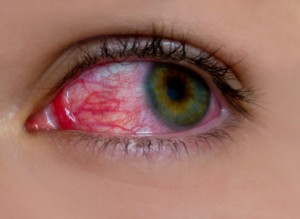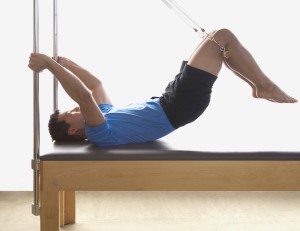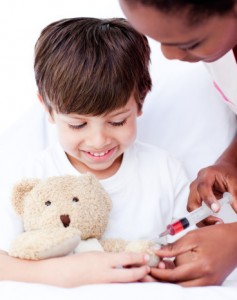We all know about the health risks associated with smoking and secondhand smoke, but do you truly know how dangerous it is to smoke in an enclosed place like a car, even with the windows open?
A study by researchers at the Harvard School of Public Health found “alarming” levels of secondhand smoke were generated in just five minutes in vehicles under various driving, ventilation, and smoking conditions. These levels were higher than found in similar studies conducted in restaurants and bars.
Secondhand smoke and carbon monoxide from just one cigarette exceeded levels described by the U.S. Environmental Protection Agency as “unhealthy for sensitive groups” such as children and the elderly. Even when the smoker extinguished the cigarette and rolled down the window, the unhealthy levels lingered.
For more information, check out this video from the California Department of Public Health.
All content of this newsletter is intended for general information purposes only and is not intended or implied to be a substitute for professional medical advice, diagnosis or treatment. Please consult a medical professional before adopting any of the suggestions on this page. You must never disregard professional medical advice or delay seeking medical treatment based upon any content of this newsletter. PROMPTLY CONSULT YOUR PHYSICIAN OR CALL 911 IF YOU BELIEVE YOU HAVE A MEDICAL EMERGENCY.







 cut, treat it immediately. Cleanse the affected area with soap and water daily. Dry the area well after washing, and apply an antibiotic ointment to keep the site germ-free. Skin injuries generally heal within two weeks, but cuts may take up to three weeks to heal in people with diabetes. Anything beyond that is excessive, and you should have your physician look at it again.
cut, treat it immediately. Cleanse the affected area with soap and water daily. Dry the area well after washing, and apply an antibiotic ointment to keep the site germ-free. Skin injuries generally heal within two weeks, but cuts may take up to three weeks to heal in people with diabetes. Anything beyond that is excessive, and you should have your physician look at it again.
